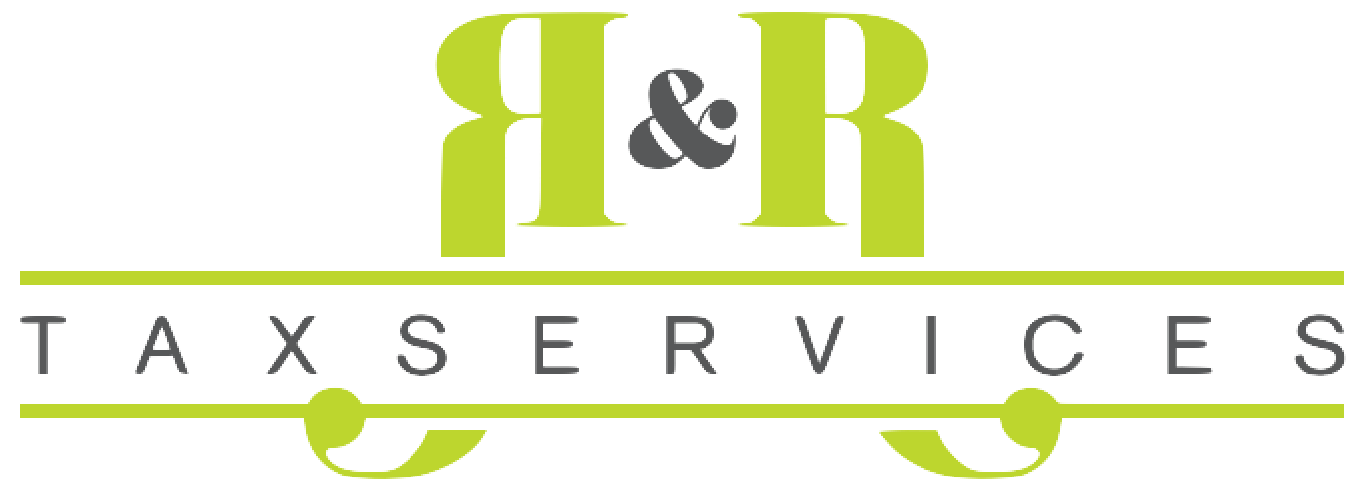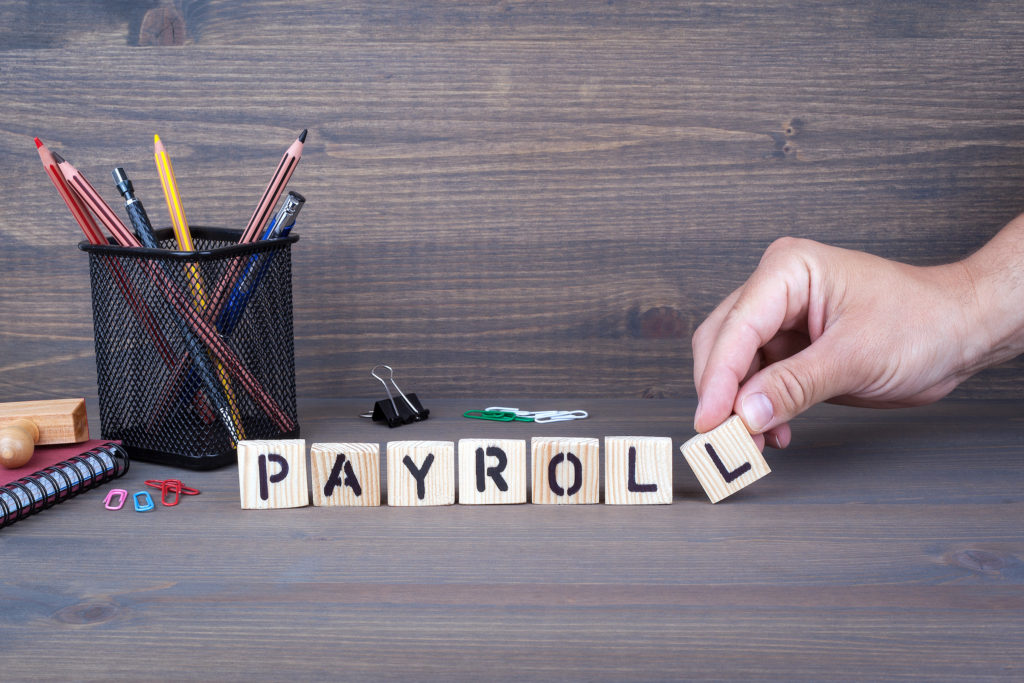When many business owners and entrepreneurs get to work on their business ideas, they often don’t consider the complexities involved with HR departments and payroll. At first, it’s all about getting things off the ground. As companies grow, however, they are often overwhelmed with the regulations and tax rules involved in HR and payroll. With the advent of technology, some small businesses can greatly benefit from the changes in payroll.
So how have things changed over the years? We take a quick look at it here.
The Early Beginnings of the HR Department
Today, a business has some form of an HR Department. For smaller businesses, this may take the form of their upper management or a small outsourced company that handles HR functions. For larger companies, there might be a full in-house department that takes care of everything from hiring, evaluating, training, and compensating employees.
The HR Department was born in the early 20th century. This was known as personnel administration and provided very specific functions in organizations. This early iteration of HR, however, did not have the many functions that some HR departments have today.
HR Management as we know it today evolved in the mid 20th century as competition and growth accelerated in the United States. These departments were originally conceived to handle the payroll and hiring in a company. After the mid 20th century, globalization, regulations, labor relations, and technological change also changed the role of these departments. This part of a business or an organization is meant to work behind the scenes and maintain a balance between management and employees.
Labor Relations Change in the United States
Today, workers have many protections, but worker’s rights were not always the norm. In the early 20th century, companies could simply fire employees for asking for better working conditions and wages. After World War I, working conditions became a hot topic of conversation and slowly sprouted protests across all industries.
After World War II, a lot of administrative departments of organizations focused on improving efficiency and making the gears of the organization work better. Throughout the war, many companies were hyper-focused on producing war materials and often used low-skilled labor to do so. As the 60s rolled around, there were a lot of issues with legal compliance that became part of the HR role.
HR as We Know It Today
In the late 70s and early 1980s, the role of HR continued to change as management theories emerged. Other changes in HR Departments during this time involved a focus on team-building and employee support that supported a larger workforce, as many companies went through mergers and acquisitions during this time.
Today, workers have a place to go when concerns or issues arise. Whether it’s concerns with discrimination, bad policies, or corruption. HR departments today deal with a wide breadth of concerns. Even things like mental health and worker burnout, are aspects of HR that sometimes come into play.
How Technology Has Changed HR and Payroll
Everything from cloud technology to sophisticated software to artificial intelligence is making its way into the payroll world. In the past couple of years, fundamental changes in the way that business payroll is handled have spelled a wild diversification of HR roles. So while HR and payroll are usually two separate disciplines, they are often intertwined.
Payroll used to entail manually calculating an employee’s wages, paying them, and generating a report. Today’s advanced software has revolutionized the way that people get paid. Today’s software is efficient and accurate in submitting information, generating reports, and even collecting data to inform the company about aspects of efficiency. Payroll has also improved thanks to payroll platforms or other formats that have come to popularity with remote work and fluid company structures.
It has been more than 40 years since the direct deposit was introduced and changed the way that people got paid. We don’t think much about direct deposit these days, as it has become commonplace, but this was one of the first major changes that revolutionized the payroll process.
How the Gig Economy Has Changed Payroll
The gig economy has also changed the way that small business owners or startups deal with payroll and HR. According to some reports, the gig economy grew by 33%in 2020. The latest numbers showed that about 34% of American workers are somehow involved with the gig economy.
Looking for Answers for Your Payroll Questions? We Can Help
If you have payroll questions, contact a tax and payroll expert to make sure you’re in compliance and working as efficiently as possible. Here at R&R, we help small businesses with their tax preparation and filing, as well as payroll.
We know that payroll is a big responsibility. You want to get it right the first time. Call us at R&R today.

